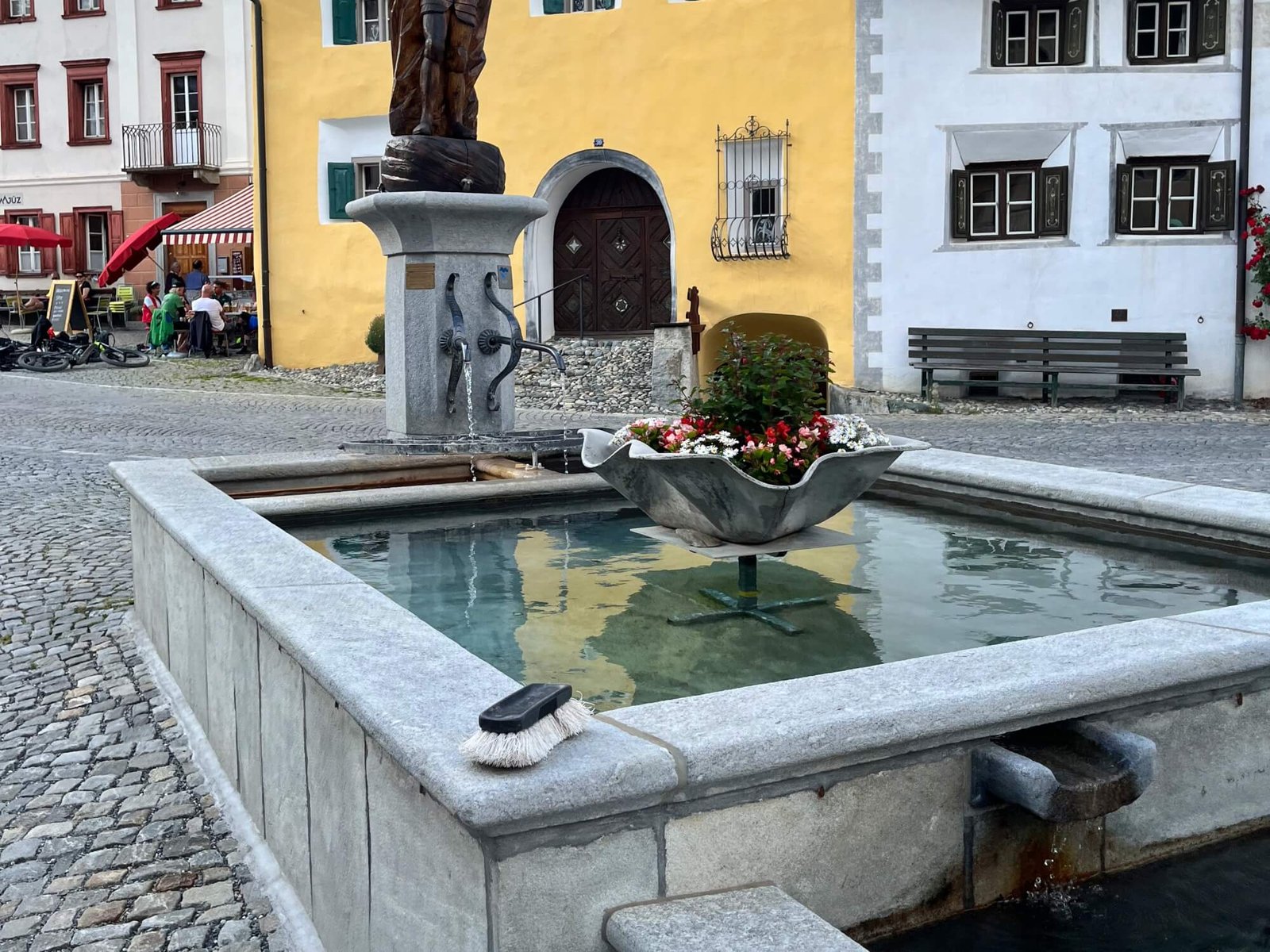Getting around Switzerland is easy.
Whether you’re using public transport or renting a car: you will have no issues travelling from one place to another. It all depends on your preferences and your travel plans.
While Switzerland’s public transport system is one of the best in the world, having your own set and planning a road trip of wheels definitely has its upsides. You can venture off the beaten track, stop at your favourite photo spot and make spontaneous detours whenever you like.
That said, renting a car in Switzerland comes with its own set of considerations. In this guide, I’ll cover practical tips for renting a car, a breakdown of costs you can expect, important things to keep in mind on the road, the best places to rent a car and much more.
Ready to dive in? Then buckle up…
Renting a car vs. travelling by public transport
Switzerland’s public transport system is world-class. With punctual trains, scenic railway routes and well-connected buses, you can easily get to most places without your own vehicle. But does that mean renting a car isn’t worth it? Not necessarily. It all depends on your preferences. Here’s a quick comparison to help you decide what’s best for your trip.
When renting a car is a better option

Venturing to remote places…

… is a lot easier with your rental car.
When to choose public transport

If you plan on catching a panoramic train like the Glacier Express…

… or the Bernina Express, public transport is the way to go.
Ultimately, both options have their advantages and it really depends on what you prefer. Either way, I don’t think you can go wrong. But since we’re talking about renting a car in Switzerland here, let’s assume you’re choosing a car over public transort
Practical tips for renting a car in Switzerland
To ensure a hassle-free experience, there are a few practical tips to keep in mind when renting a car in Switzerland.



